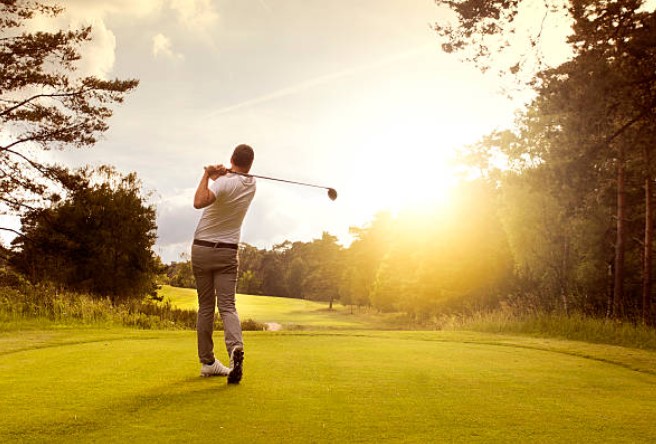Do you have pain when gripping the grocery bag? Does your arm feel weak when playing sports? Do you have numbness and tingling sensation that goes to your fingers? You may have Golfer’s Elbow! Don’t let the name fool you. It can affect people of all ages however people with heavy physical work are more prone to this condition. In this blog we’re going to explore this common condition and what you can do to manage it.
What is Golfer’s Elbow?
The term Golfer’s Elbow or Medial Epicondylitis refers to the inflammation of the tendon located inside the elbow. It is often caused by a repetitive use of bending the wrist. The tendon is designed to withstand a set amount of load. If keep overloading the tendon with either our occupation or sports then the tendon can become injured. It is important to note that Golfer’s Elbow is not only caused by playing Golf. It can be elicited with any repetitive wrist flexion activity which include gripping. In fact, 90% of Golfer’s Elbow cases are not related to a sports injury. Think about your labour-intensive jobs such as builders, plumbers and carpenters.
How do I know if I have the condition?
Golfer’s Elbow can be diagnosed by a health professional such as a physiotherapist. The physiotherapist will often take a clinical examination that involve a subjective history and physical assessment. Your GP may order an ultrasound to confirm this diagnosis. People with Golfer’s Elbow would usually report the following signs and symptoms:
- Pain and tenderness localised inside of the elbow
- Pain when you repeatedly bend the wrist and elbow
- Difficulty gripping household items
- Numbness and tingling sensation that radiates to the 4th and 5th fingers
What can I do about it?
The rehabilitation process for Golfer’s Elbow is aimed at initially settling the inflammatory tendon then progressively strengthening the forearm muscles so the tendon can take up more load. It is about finding the optimal load so we can induce beneficial adaptive changes to the tendon and create more muscle fibres to support the tendon. Physiotherapy treatment can involve the following:
- Soft tissue massage: this technique is used to release the tight forearm muscles to promote recovery. A physiotherapist will release specific areas around the tendon to reduce the pain.
- Activity modification: a physiotherapist will be able to provide specific strategies to modify your activities that is aimed to offload the injured tendon. This will allow you to continue your job and reduce the amount of discomfort during work.
- Rehabilitation exercises: these are physiotherapy specific exercise that is designed to strengthen the muscles so the tendon can handle the load required for your activity.
- Taping: The physiotherapist will either use rigid or k-tape to help offload the tendon and reduce the pain.
Golfer’s Elbow can be a debilitating condition and can prevent you from enjoying your daily activities. We are here to help! If you are looking for a comprehensive assessment and treatment for your elbow injury then book an appointment with our expert physiotherapists today.

